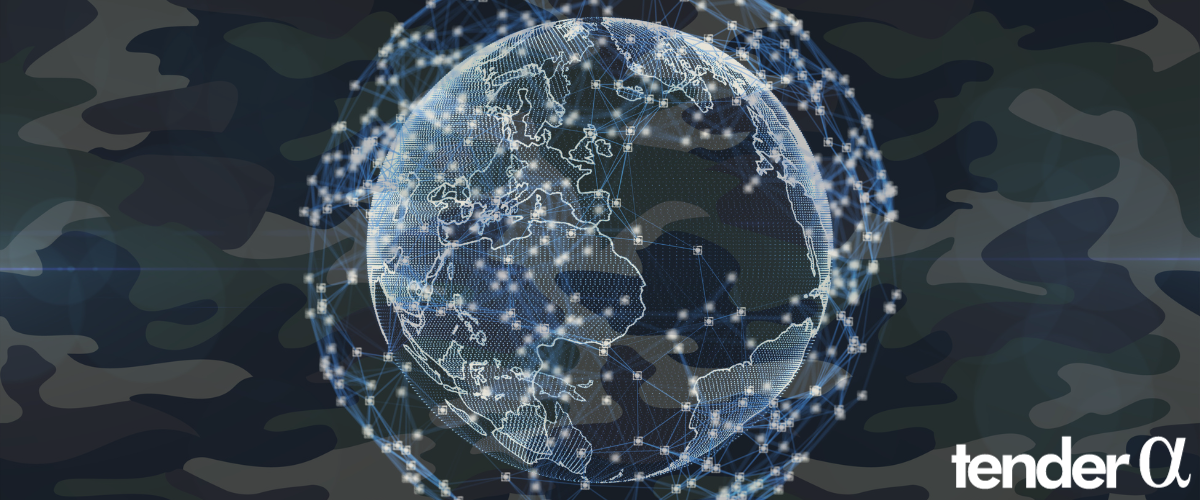Total global military spending amounted to a record $2.2 trillion in 2022. This figure should not come as a surprise given the complex geopolitical situation of the day.
Nevertheless, the growing defense spending has established itself as a remarkable trend, which reverberates across the entire global community.
Nations worldwide have taken to boosting their defense capabilities and that in itself highlights the importance of supply chain networks and their continued smooth operation.
G2B Supply Chain Transactions Data Use Cases for the Defense Sector
Monitoring the governments’ supply chains in defense through TenderAlpha’s Global Government Supply Chain Data Feed provides valuable insights into the relationships between governments and their suppliers that cannot be found anywhere else.
This data can be used in the analysis of supply chain risks as it traces millions of transactions between over 30,000 government agencies of more than 50 countries and their suppliers down to the fourth level.
The data sheds light on the preferred defense suppliers (on both company and country level) by the aforementioned 50+ countries worldwide.
This information can reveal closer international partnerships and potentially flag any dependency risks associated with changing governments and overall shift in the priorities of a given country.
Furthermore, the supply chain data showcases the strategic direction of countries’ defense departments and different types of users can find various applications of this information.
G2B Supply Chain Data: The Case for Investment Institutions
Hedge funds can use this source of alternative data to monitor risks and their implications for the stock of specific tickers, in case the latter are involved in large deals with which problems might be associated along the contract duration.
Those risks can be financial, operational, geopolitical, or regulatory, and might be in relation to assessing if a defense supplier is capable of fulfilling its contracts, identifying disruptions, evaluating tensions in different regions, and maintaining compliance with new and existing regulations.
The harmonized and standardized supply chain data provided by TenderAlpha can also be fed into hedge funds’ predictive models in which they can forecast supply chain disruptions and monitor defense suppliers’ financial health to adjust investment strategies accordingly.
G2B Supply Chain Data: The case for Governments, Academics and NGOs
Our G2B Supply Chain data enables governments and NGOs focused on geopolitics to monitor countries’ procurement, and capture any activity that might pose a geopolitical threat to their own and/or overall global security.
In addition, the supply chain data allows government agencies to track the technological developments pursued and achieved by other countries, especially those that have competing geopolitical interests.
During times of increased defense spending, government expenditure needs to be efficient and even more closely monitored for citizens (and taxpayers) to maintain confidence in the way their money is spent.
TenderAlpha’s G2B Supply Chain Transactions data can also enhance transparency and accountability in defense procurement. It allows governments to track the flow of funds and materials, ensuring that resources are used for their intended purposes.
Conclusion
Supply chain data is an invaluable tool for mitigating risks in the defense sector. It provides a deeper understanding of international relationships, helps anticipate geopolitical shifts, and supports better strategic planning.
To learn more about TenderAlpha’s Global Government Supply Chain Data Feed and test its capabilities for yourself, get in touch!
